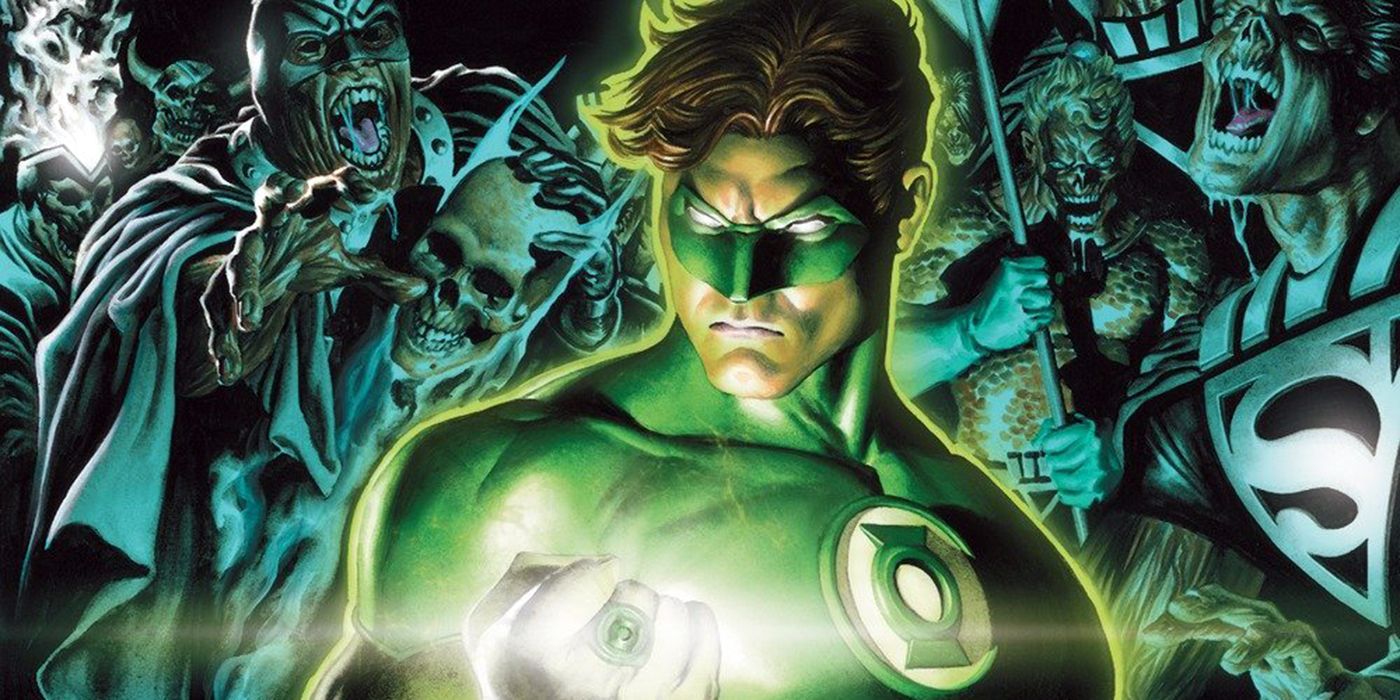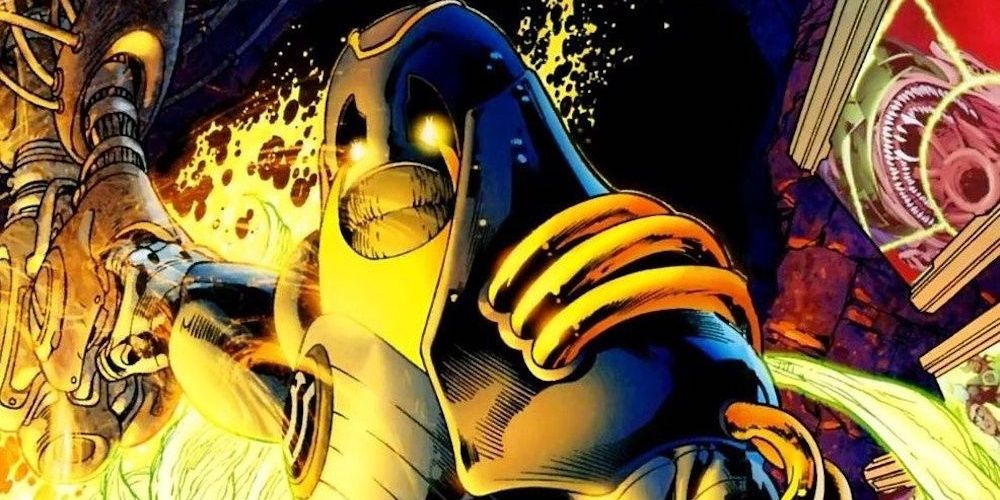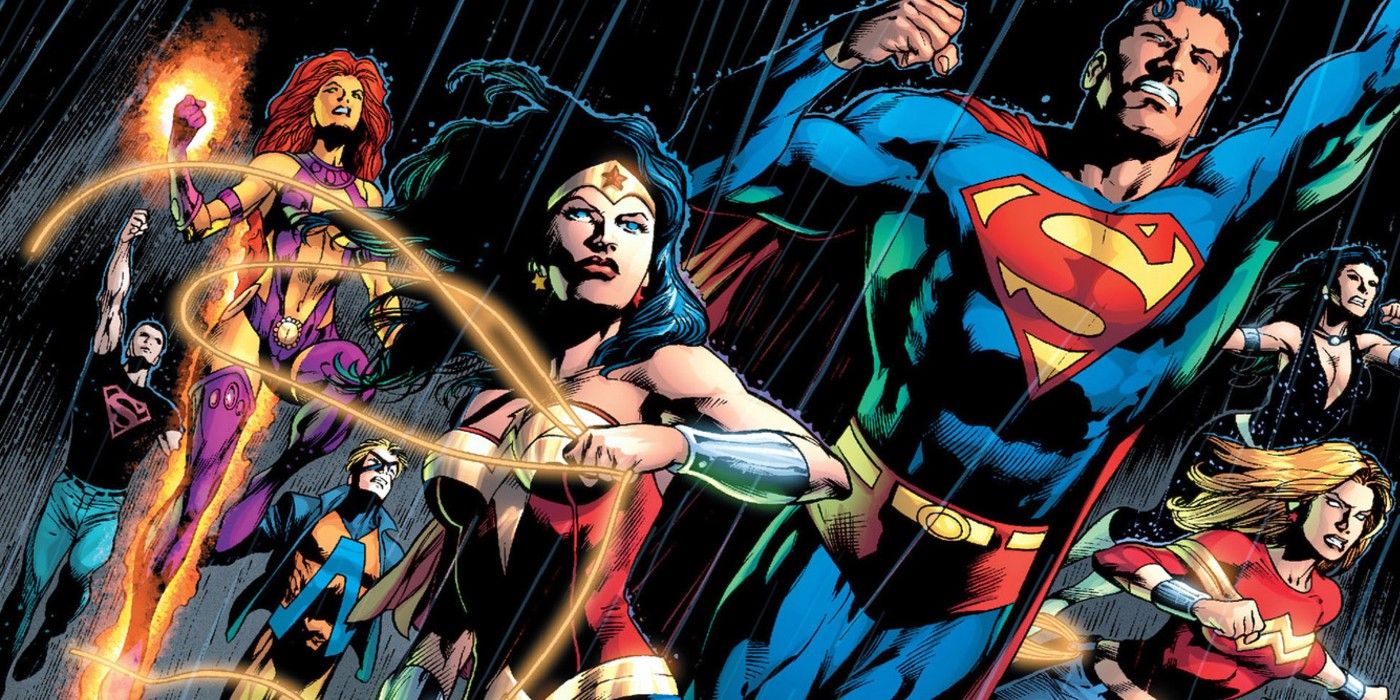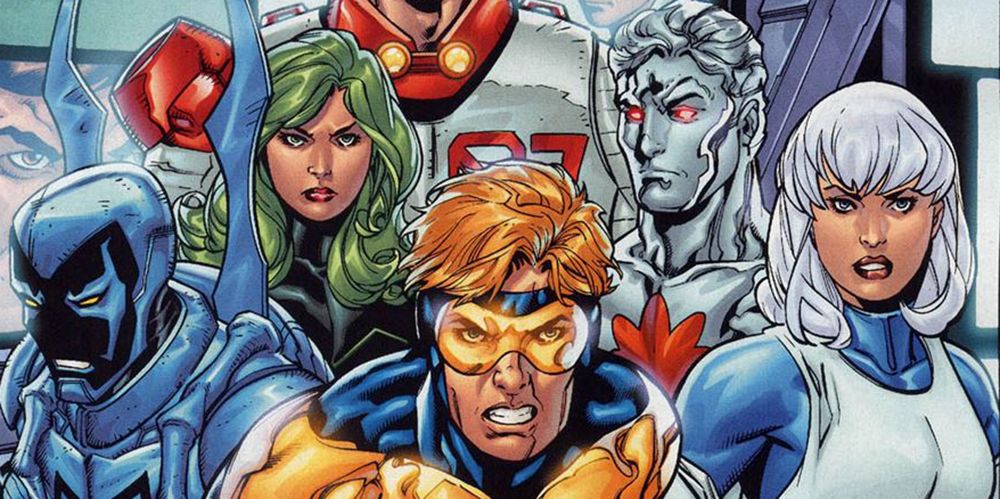One of the biggest, most universally acclaimed comic book crossover events of all time is also one of its grimmest: 2009's Blackest Night by Geoff Johns, Ivan Reis, Joe Prado and Oclair Albert. True to its title, the event saw the dead rising across the DC Universe to menace the living. Their undead revival was driven by Black Hand and his omnipotent master sweeping across the DCU as the Black Lantern Corps. Quietly built up for years across Johns' run on Green Lantern, the event touched on virtually every title DC was publishing at the time, as heroes and villains found themselves reunited with those they had lost, often with terrifying results.
Here is a complete primer for new readers to approach the bestselling DC Comics event, including its lead-up, important tie-in issues and how the event impacted the DCU, even after the dead had returned to their graves.
The Lead-Up
By the second year of Johns' run on Green Lantern, the ongoing series had begun to introduce new Lantern Corps, each representing a different color within the visible spectrum and powered by a different emotion. Just as the Green Lantern Corps were powered by willpower, the Sinestro Corps were powered by fear, the Star Sapphires by love, the Blue Lantern Corps by hope, the Red Lantern Corps by rage, the Orange Lantern Larfleeze by greed and the Indigo Tribe by compassion. Exiled by their fellow Guardians of the Universe, Ganthet and Sayd warned the Earth-based Green Lanterns of the Blackest Night prophecy that would see the dead rise.
At the conclusion of the Sinestro Corps War, which saw the fear-based warriors battle the Green Lantern Corps and DCU heroes on Earth, the mortally wounded Anti-Monitor crashed on a darkened planet in Sector 666. In his last moments, unseen forces forcibly form a Black Lantern Power Battery around him, transforming the omnipotent being into an unwilling power source. Without Ganthet and Sayd's guidance, the Green Lantern Corps is steered into a more lethal, combative agenda by the Guardian of the Universe Scar, apparently gravely injured during the Sinestro Corps War by the Anti-Monitor and bearing an ominous connection to the Black Lantern. Meanwhile, the heroes of the DCU were attempting to regroup after the events of Final Crisis. While the crossover event saw the triumphant resurrection of Barry Allen, both Martian Manhunter and Batman were evidently killed, the latter by Darkseid's Omega Beams.
Core Issues
For the most pertinent lead-in issues to Blackest Night, Green Lantern #38-42 and Peter J. Tomasi and Patrick Gleason's Green Lantern Corps #29-38 lead directly into the event, as the Black Lantern Power Battery comes online while the destroyed planet Xanshi forms into a dead planet from its accumulated rubble. While directly referenced, Final Crisis and Tomasi's run on Nightwing aren't required reading but certainly enrich the experience.
The crossover itself is pretty well-contained within its nine-issue run -- including a #0 issue prologue -- though, reading Johns' concurrent run on Green Lantern, with the tie-in issues illustrated by Doug Mahnke running through issues #43-52, definitely elevates the core story. Other important tie-ins are Tomasi and Gleason's tie-ins running through issues #39-46 of Green Lantern Corps and the Blackest Night: Titans miniseries, which directly sets up Dove and Donna Troy's appearance in the main event.
Impact on the DC Universe
While many fan-favorite characters died over the course of Blackest Night, twelve Black Lanterns were restored to life. These resurrected characters followed in two separate bi-weekly series: Brightest Day and Justice League: Generation Lost, which saw the characters acclimatizing to their new leases on life while exploring their connections to the mysterious White Lantern that appeared at the end of Blackest Night. The biggest consequence of Brightest Day was the reintegration of Swamp Thing and John Constantine into the DCU after years of them taking place outside of continuity in the pages of Vertigo Comics.
The after-effects of Blackest Night continued to reverberate across DC titles beyond the two series. The shattered Green Lantern Corps attempted to rebuild, leading to War of the Green Lanterns, while Black Hand's return was explored in the New 52 relaunch of the title, which saw Kyle Rayner transformed into a White Lantern. After tasting the power of a lantern in Blackest Night, Lex Luthor grew obsessed with obtaining a Black Lantern Power Ring for himself. Most significantly, Reverse-Flash's resurrection directly set up his role in The Flash: Rebirth, ultimately culminating in Flashpoint, which altered the entire DCU.
Blackest Night ignited a war between the living and the dead for the fate of the DC Universe that saw A-list superheroes defer to characters more often seen on the sidelines in big events. Hal Jordan and Barry Allen mounted defense against the seemingly endless waves of the undead, proving why they each deserved a second shot at life and were worthy to stand next to the more prominent heroes of the Justice League. And with virtually every corner of the DCU affected, its impact saw the return of beloved, iconic characters while setting the stage for even bigger changes to come from the restored dead.




